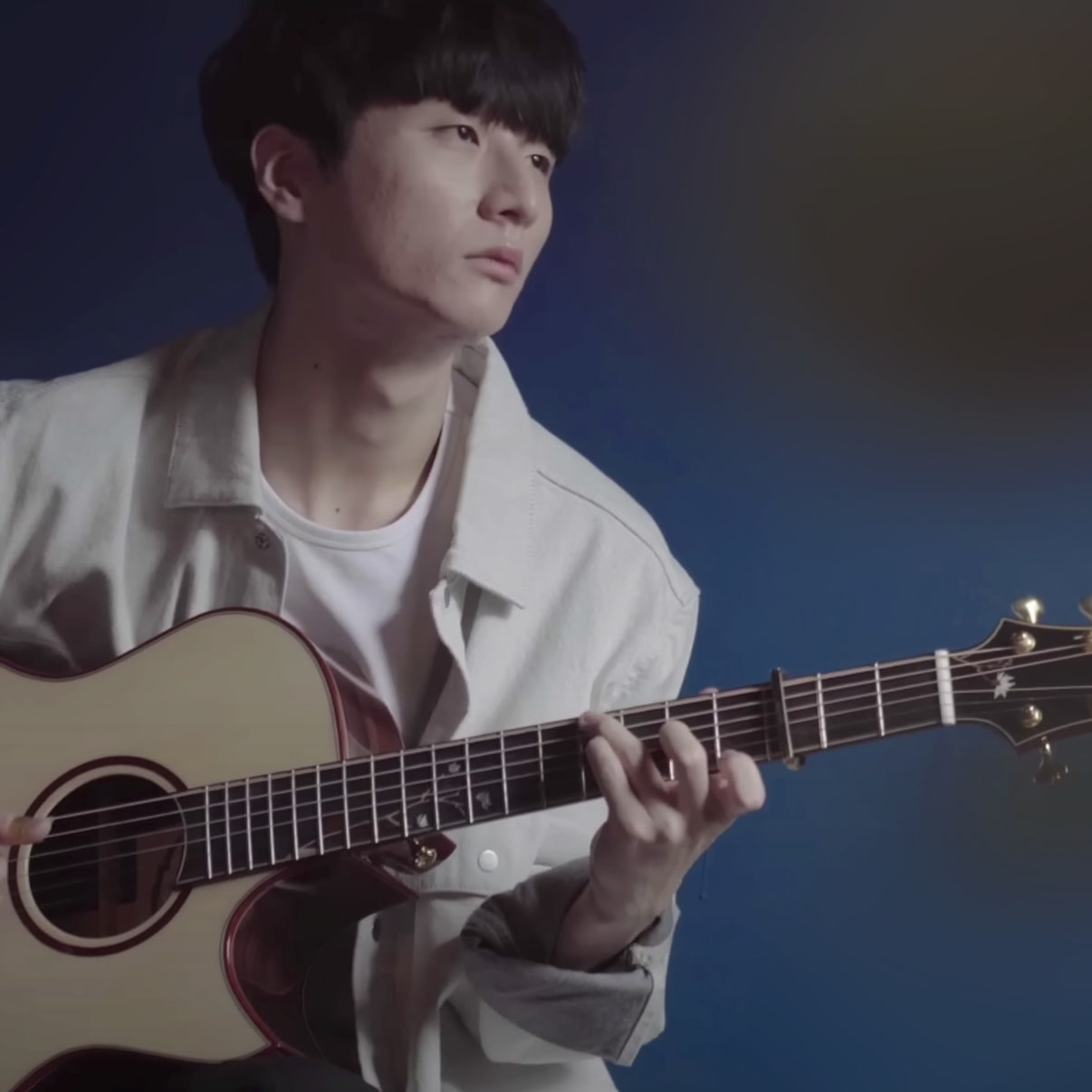A guitar consists, in capo terms, of a bridge with a saddle, a nut which is the scale length away from the saddle, strings stretched between saddle and nut, a fingerboard and frets.
The force require to deflect a string a given distance is less in the middle of the string than near the ends.
The formula for deflection a small distance (d) at the middle of the string is
F= 4dT/L where F is the deflection force, d is the deflection, T is the tension in the string and L is the string length between the saddle and nut.
However, every guitar player knows that the force needed to deflect a string near the bridge is significantly higher (and gives a big change in tone).
The formula for deflection 1/100th of the way along the string is: F= 100dT/L + 100dT/90L = 101.1dT/L … so 25 times the force needed in the middle to deflect the string the same distance (d).
Obviously, this is true at the other end of the string too… that’s why an F chord tends to feel hard to play at the first fret. Although it is actually to allow the string to vibrate without hitting frets, the fact that the strings rise away from the fingerboard helps to keep the fretting force even along the fingerboard length.
Another fact affecting capos. Most steel strung guitars have fingerboards which have a radius formed on them. On a vintage (or vintage style) electric guitar such as a Stratocaster, that radius can be a small as 7.25 inches (184mm) on a Martin it is 16 inches (406mm), Taylors have a 15 inch radius and some guitars have a compound radius which might change from 12 inches radius at the nut to 16 inches.
To complicate this further, the effective radius over the TOP of the strings (where the capo goes!) varies with the string gauges. If we just go from 10 inch radius to 16 inch radius fingerboard, the effective radius over the strings can vary from 10.4 inches with extra light strings on the 10 inch radius fingerboard to 22.2 inches on a 16 inch radius fingerboard with heavy strings (We’ll ignore the baritone which goes up to 34.3 inches radius for now but most players would still expect their capo to work fine!)
So… if you are going to get the very best capo for your guitar, you need to know the radius over the strings when fretted. Not just the fingerboard radius. Capo manufacturers, however, need to make capos which will cope with the maximum variety of guitars.
If a capo radius exactly matches the radius over the fretted strings then, as it is tightened, all the strings will touch down onto the frets at the same time. If not, some will hit the frets and need to press into the rubber to allow the capo to continue to be tightened until all the strings are properly fretted.
Now back to string deflections. If a capo is placed in the middle between two frets, then the strings which are first fretted will continue to deflect and pull the string sharp. As discussed above, a string is much harder to deflect near the points it is supported. This is why it is generally recommended to place a capo just behind a fret where the force needed to deflect the string further is so much higher than to press the strings into the rubber of the capo. This allows all the strings to be fretted without further deflection causing them to be pulled sharp.





